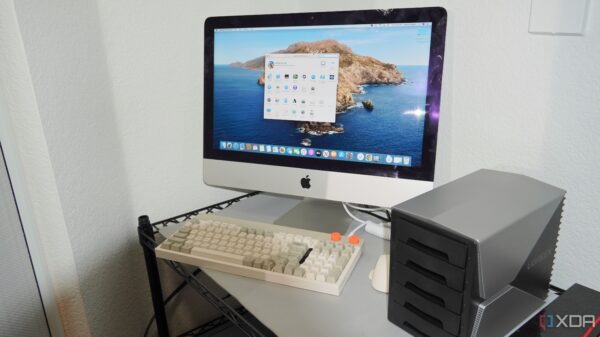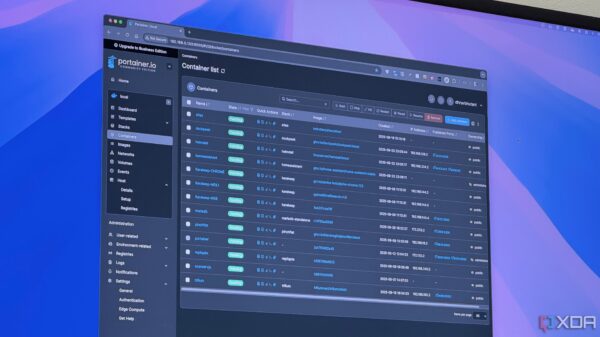The anticipated merger of ChromeOS and Android has ignited renewed optimism among users who have long desired the ability to utilize browser profiles on Chromebooks. This shift is expected to address a significant limitation that has frustrated many, particularly those who rely on distinct browser profiles for personal and professional tasks.
Challenges of Browser Profiles on ChromeOS
For users like video editor and tech enthusiast John Sowash, the absence of dedicated browser profiles on Chromebooks has been a considerable hurdle. On platforms such as Mac, he manages multiple profiles, each tailored for specific purposes. This allows for a seamless transition between personal and work-related tasks. In contrast, ChromeOS only offers a cumbersome fast account switching feature that merges all accounts into a single browser instance, failing to provide the isolated experiences users need.
The frustration has been compounded by the cancellation of LaCrOS, a project that once offered a solution by decoupling the Chrome browser from the operating system. This initiative enabled true independent browser profiles, similar to those available on Mac and Windows. The cancellation of LaCrOS was described by Sowash as “devastating,” given its potential to enhance productivity for power users.
Potential Changes with the Merger
Despite the setbacks, there is a glimmer of hope. Google’s official statement regarding the cancellation of LaCrOS indicated a strategic shift towards integrating aspects of the Android stack into ChromeOS. This change is set to occur with the rollout of a new platform in March 2024, which aims to redefine the relationship between the operating system and its applications.
According to Google executives, the upcoming platform will transform the Chrome browser into an application that operates atop an Android foundation. This significant shift suggests that the browser will no longer be intrinsically tied to the OS, opening the door for true multi-profile support. If the browser functions independently, it could finally enable users to switch between profiles seamlessly, much like they do on other major desktop platforms.
The implications of this merger extend beyond mere convenience. It represents a crucial opportunity to eliminate a long-standing productivity bottleneck for users of ChromeOS. The transformation promises not only faster updates and improved AI integration but also addresses a fundamental limitation that has hindered many users’ workflows.
As anticipation builds for the launch in March, many are hopeful that this merger will finally bring the desired functionality to Chromebooks. Power users, in particular, are eager to see how this development will enhance their productivity and overall experience. The upcoming changes may very well be a turning point for ChromeOS, offering a solution that aligns more closely with user needs and expectations.
For those interested in the latest developments, joining communities like Chrome Unboxed can provide additional insights, discussions, and updates on the merger and its implications for the future of ChromeOS.







































































